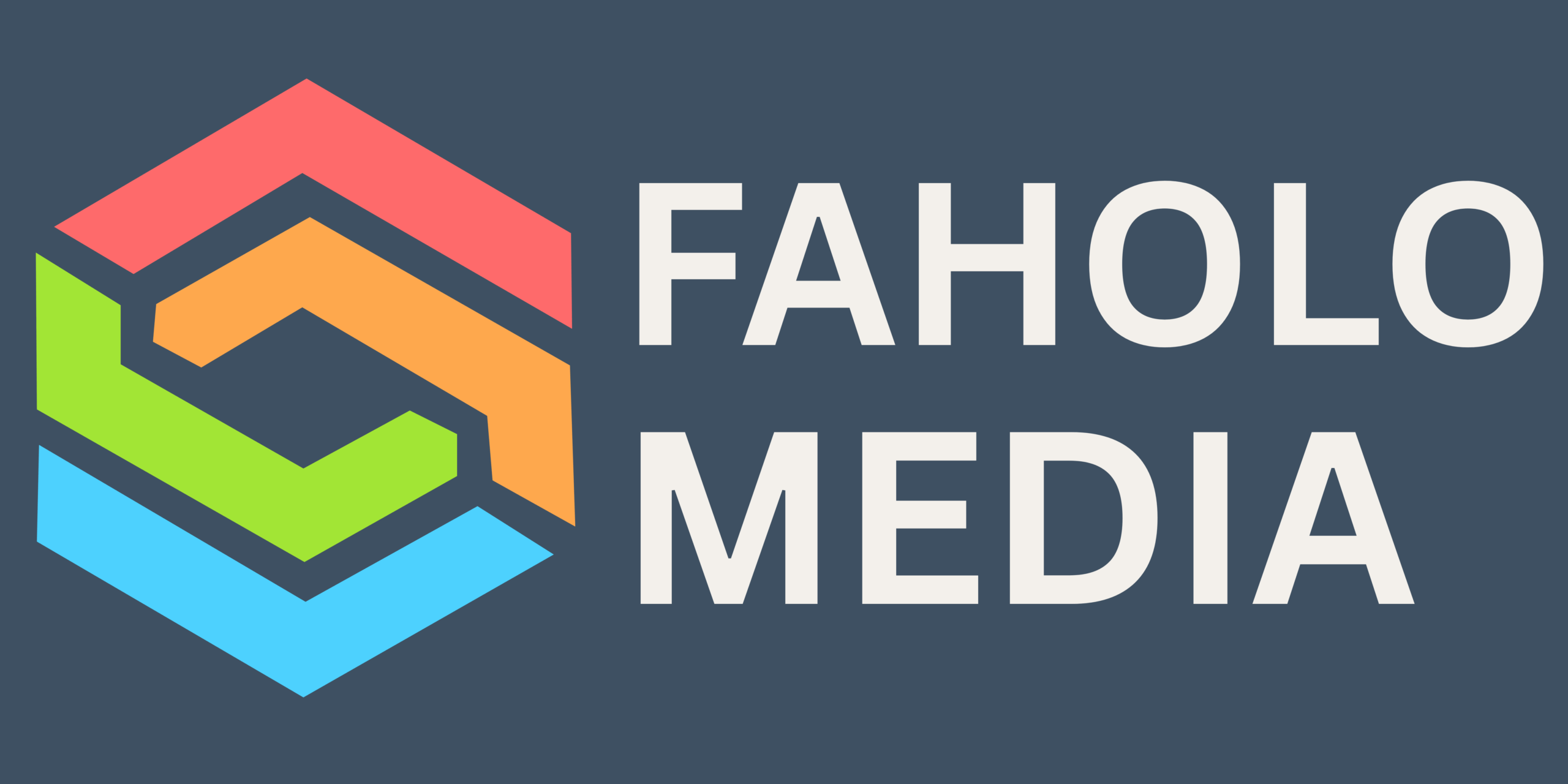Comprehensive Book Review: Emotional Intelligence 2.0

Book Identification
Title: Emotional Intelligence 2.0
Authors: Dr. Travis Bradberry and Dr. Jean Greaves
Foreword by: Patrick M. Lencioni
Publisher: TalentSmart
Publication Date: Originally 2009, updated edition 2021
Genre: Self-help/Business Psychology
Length: Approximately 280 pages
We may earn a commission when you purchase through links on our site. This helps support our reviews at no additional cost to you.
Plot Summary and Structure
“Emotional Intelligence 2.0” opens with a gripping story of a surfer who fought and survived against a Great White Shark, using this dramatic narrative to illustrate how emotional responses can override rational thinking in critical moments. The book is structured in two main sections: the first 60 pages provide theoretical foundations, while the majority of the content (pages 61-255) offers practical strategies for improvement.
The authors break emotional intelligence into four core skills across two competencies: Personal competence (self-awareness and self-management) and Social competence (social awareness and relationship management). Each book purchase includes a code for an online assessment that provides personalized recommendations from among 66 strategies based on the reader’s test results.
👉 Click here to check the latest price on Amazon
Critical Analysis
Strengths
Practical Approach: The book’s style is practical and entertaining, offering down-to-earth strategies that readers can easily implement in daily life. Unlike Daniel Goleman’s foundational work on emotional intelligence, this version is more focused on clarity and understanding rather than depth and accuracy.
Research Foundation: The book is backed by research involving more than 500,000 responses and is trusted by Fortune 500 companies. The authors claim that 90% of top performers have high EQ, and EQ is the single biggest predictor of performance.
Accessibility: The assessment computes answers, calculates scores from 1 to 99 for each of the four EQ components, and refers readers to specific pages for improvement strategies. This personalized approach makes the content more actionable for individual readers.
Areas of Concern
Perceived Oversimplification: Some scholars argue that the book may oversimplify complex psychological theories and suggest it doesn’t provide the comprehensive understanding that academic readers might seek. Those who prefer extensive theoretical depth may find the practical focus less satisfying.
Assessment Considerations: The test relies on self-reporting, which some reviewers feel may have limitations. One critic noted that individuals with higher self-awareness might find the binary nature of some questions challenging, as mature respondents often avoid absolute “always” or “never” responses.
Statistical Context: While the authors present compelling statistics, such as the claim that each one-point increase in EQ leads to a $1,300 salary increase, some readers have expressed a desire for more detailed contextualization of these figures. Critics suggest the generalizations may be based on limited timeframes of data collection.
👉 Click here to check the latest price on Amazon
Writing Quality Assessment
The prose is accessible and engaging, designed for popular consumption rather than academic rigor. The book’s smooth narrative style turns rigorous research into memorable stories and practical strategies. However, this accessibility comes at the cost of depth and nuance that characterizes more scholarly treatments of emotional intelligence.
Personal Response and Effectiveness
Reader responses vary significantly. One reviewer noted improvements in just a few weeks of implementing strategies, though admitted to occasional lapses when forgetting to apply the techniques. Another reader found it “smart” and “full of excellent tips,” planning to reread it frequently.
However, some readers expressed strong negative reactions, with one calling it “nothing” and describing it as “an advertisement for various materials they sell on their site”.
Audience Consideration
This book is ideal for readers seeking practical, immediately applicable strategies for improving interpersonal skills and emotional awareness. If you’re new to emotional intelligence, or you want something with practical tips to get started, this is a good starting point. However, if you’re looking for something deeper, Daniel Goleman’s original “Emotional Intelligence” is a better choice, though more difficult.
The book particularly suits business professionals, managers, and individuals in people-focused roles who need concrete tools for workplace success.
👉 Click here to check the latest price on Amazon
Context and Academic Perspective
The book exists within ongoing academic debates about emotional intelligence. Criticisms of EI have centered on whether EI has incremental validity over IQ and the Big Five personality traits, and the concept has been criticized by some for its loose definition and parallels to personality traits.
Academic research suggests that more comprehensive measures like the Trait Emotional Intelligence Questionnaire (TEIQue) have stronger empirical support, raising questions about the commercial assessments used in popular books like this one.
Balanced Perspective
Strengths:
- Highly practical and immediately actionable
- Excellent entry point for emotional intelligence concepts
- Strong focus on workplace applications
- Includes personalized assessment and recommendations
Potential Limitations:
- May lack the theoretical depth some academic readers prefer
- Assessment tools may have inherent limitations of self-reporting measures
- Some statistical claims could benefit from additional context
- Might oversimplify complex psychological concepts for certain audiences
👉 Click here to check the latest price on Amazon
Bottom Line
“Emotional Intelligence 2.0” succeeds as an accessible introduction to emotional intelligence concepts with practical workplace applications. It lays out fundamental building blocks for those working to improve interpersonal relationships. However, readers interested in more rigorous measurement and deeper theoretical foundations may want to approach some claims with thoughtful consideration.
The book’s greatest value appears to lie not necessarily in its assessment tools or statistical claims, but in its practical strategies for increasing self-awareness and improving interpersonal relationships. Readers seeking deeper understanding of emotional intelligence theory and research may want to supplement this with more academically rigorous sources.
We may earn a commission when you purchase through links on our site. This helps support our reviews at no additional cost to you.






